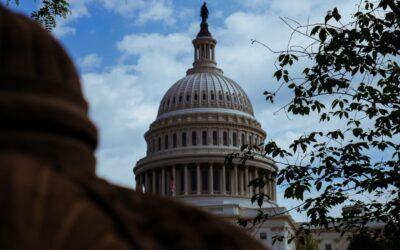Section 401(a)(9) of the Internal Revenue Code requires that a distribution to a participant from a qualified retirement plan commence no later than a required beginning date in an amount equal to at least the required minimum distribution. The purpose of this rule is to prohibit participants from avoiding taxation indefinitely by leaving their benefits under the tax free umbrella of a qualified plan.
The required beginning date (RBD) is April 1 following the later of:
- the calendar year in which the participant attains age 70½, and
- the calendar year in which the participant terminates employment.
If the participant is a 5% owner, the RBD is determined under (1) above without regard to (2) above.
The amount of the required minimum distribution (RMD) from a defined benefit plan, in general terms, is the amount of a life (or joint life) annuity from the plan. If a lump sum payment is available and elected, the amount of the distribution that is considered the RMD affects how much of the distribution may be rolled over to an IRA. Your plan actuary can assist with these calculations and applicable election forms.
It’s important that employers are watching for RBDs because complying with the rule is a requirement to keep the plan tax-qualified. In addition, the participant is subject to a 50% excise tax on the amount that is delinquent.
Often the biggest difficulty for defined benefit plans with regard to this rule is the challenge of keeping track of participants who are no longer employed by the sponsor, sometimes for many years. If a required distribution is missed, correction can be made through the IRS program called the Employee Plans Correction Compliance Resolution System (EPCRS), which sounds scarier than it really is. There are two options for employer correction under EPCRS:
Self-Correction Program (SCP) – If the error is caught by the plan sponsor (and was not an intentional error), it can be self-corrected by making retroactive payments of the unpaid amounts plus a reasonable interest adjustment to the participant. The employer should keep careful records to track the correction. It is up to the participant to reflect this on their personal tax forms to comply with excise taxes that should have been paid or request a waiver of the excise taxes.
Voluntary Compliance Program (VCP) – Circumstances are the same as under SCP, but under VCP the sponsor goes through a submission process to the IRS to get a blessing on the correction. One of the advantages to this process is that the sponsor may request waiver of the excise tax as part of the submission process. If the VCP submission does not address the excise tax, it is up to the participant to resolve it.
A plan sponsor should consult with their ERISA attorney to determine the best process for correction.
It is important for sponsors of defined benefit plans to have a system of tracking ages of participants as well as contact information for former employees. This data should be reviewed each year to determine if there are upcoming minimum distributions due, and participants should be contacted in advance of their RBD so that minimum payments are made timely. If the sponsor discovers a distribution was not made timely, quick correction by one of the methods above should be implemented.
Special modified rules apply to deceased participants and their beneficiaries that are not discussed here.
Please contact us if you have questions regarding the minimum distribution requirements from your defined benefit plan. If you have someone in your personal network that may have questions about, please let us know.
Blog authored by Cheryl Gabriel, CPC.


